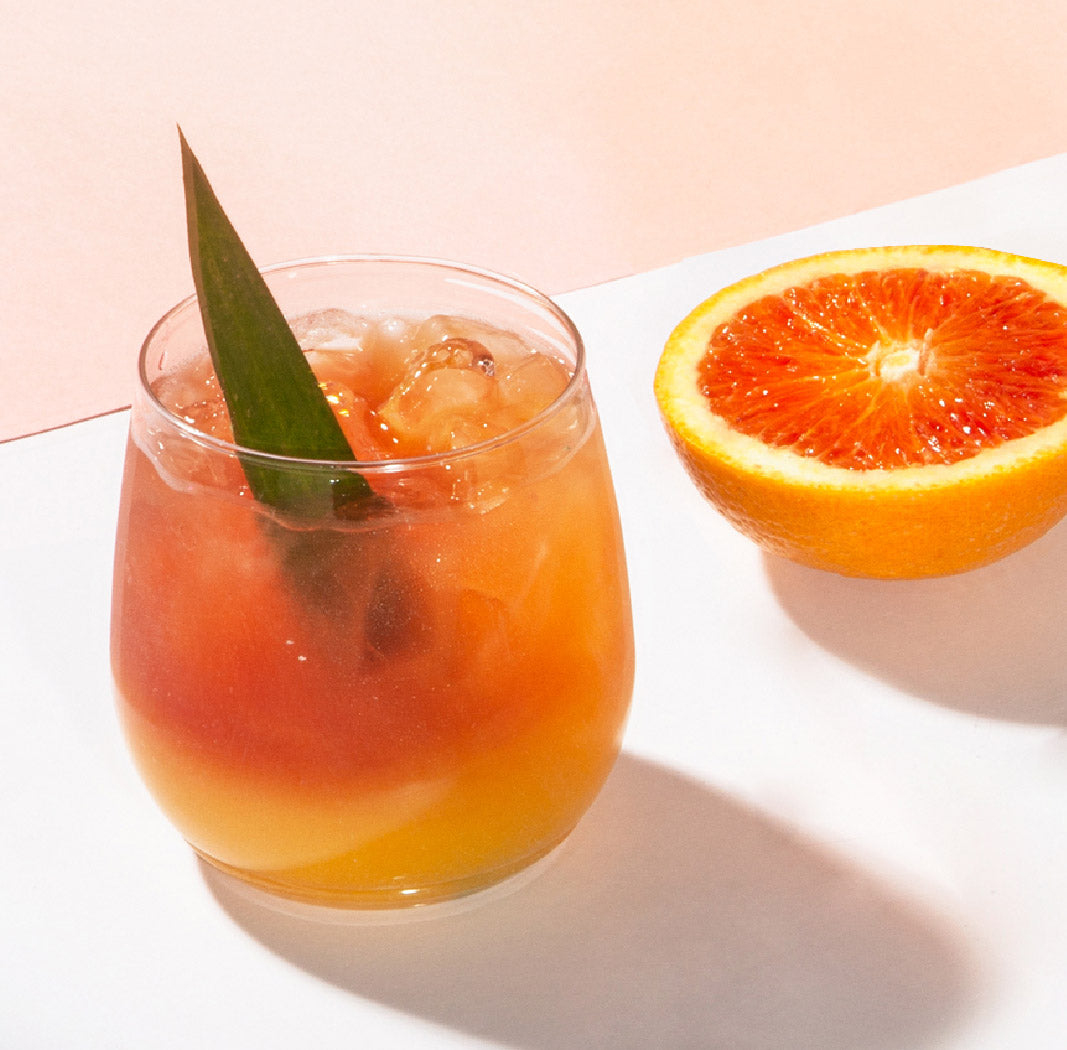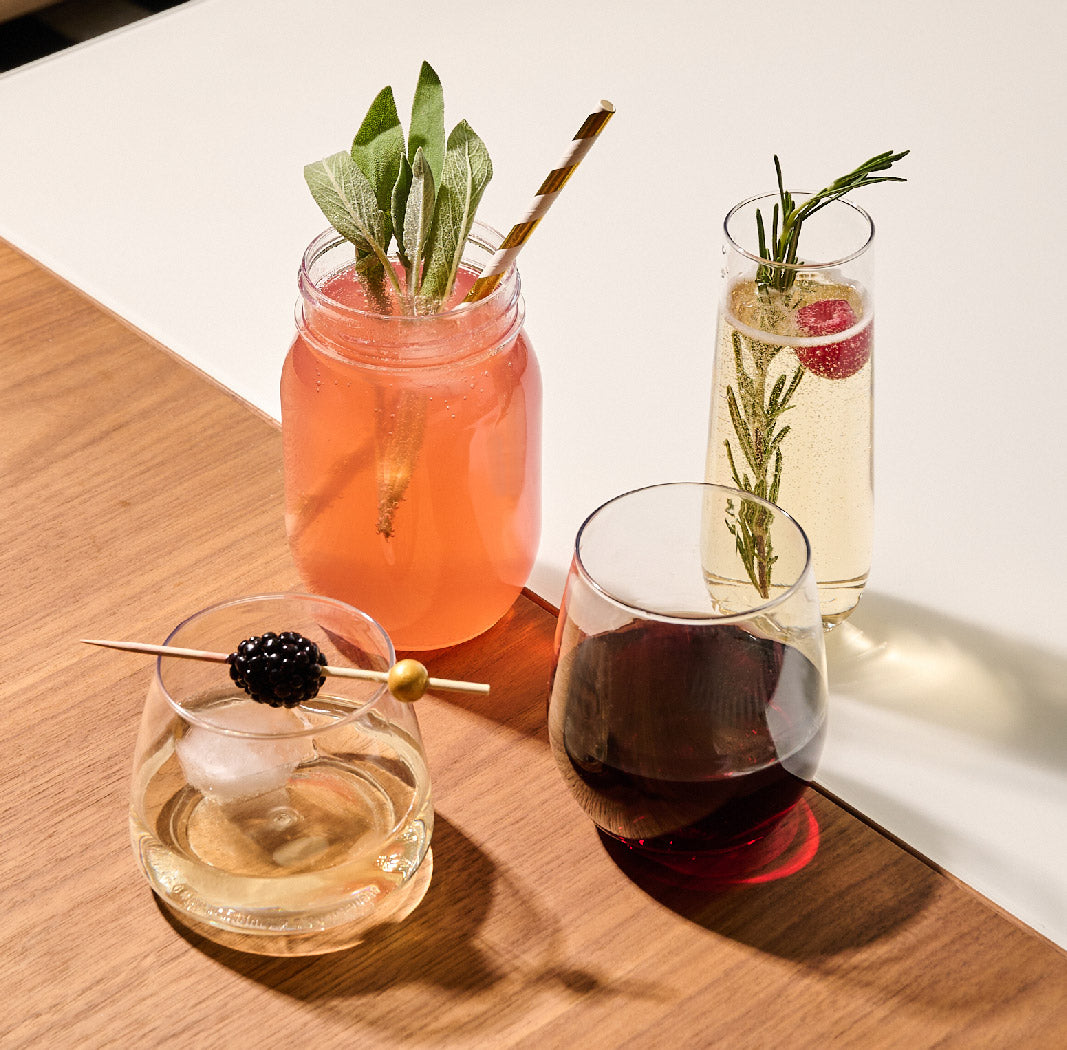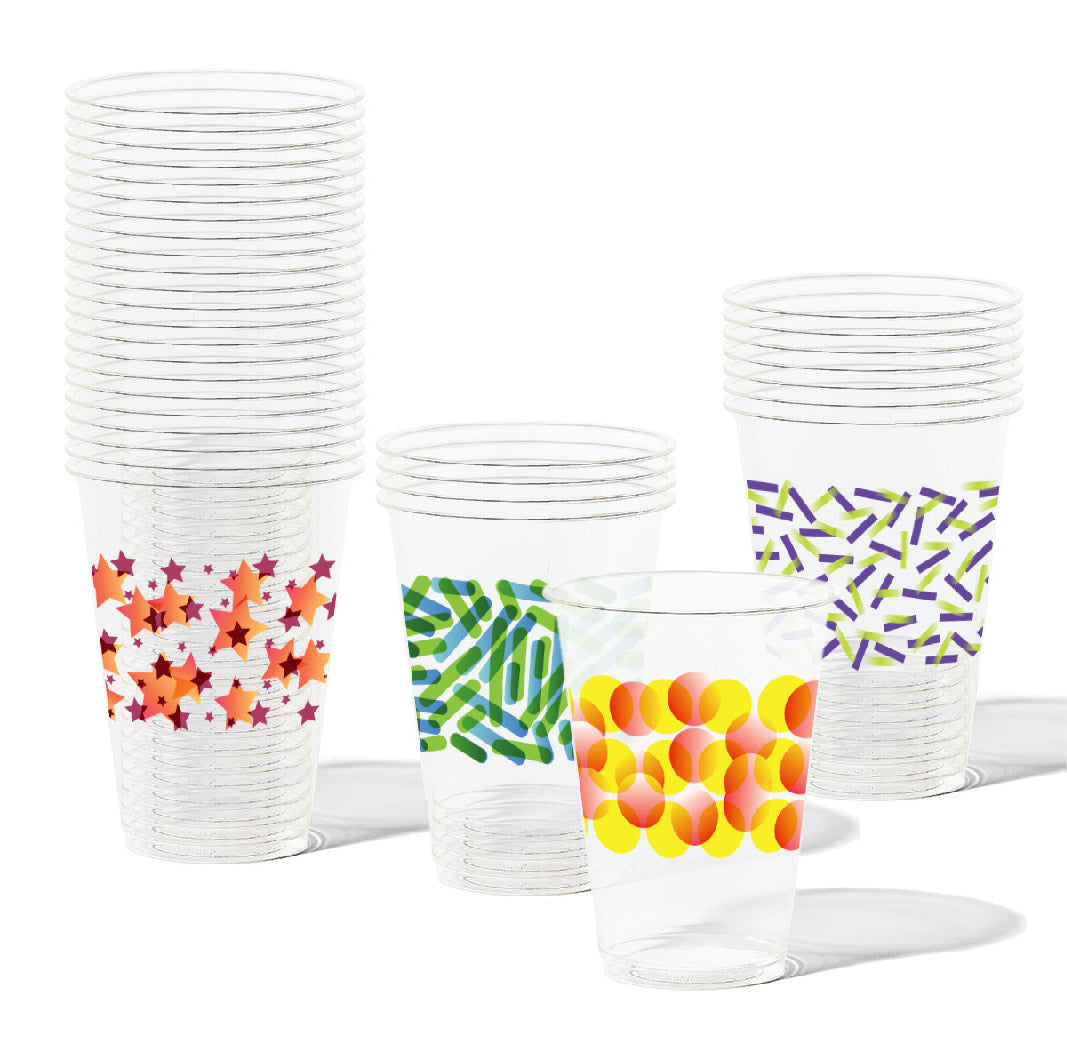Sake is the English term for Japanese rice wine. For this post, we’ll use the term sake, but if you find yourself at a traditional izakaya (sake bar) in Japan, order nihonsu to get the drink we think of as sake!
Sake is imbued with tradition and can be enjoyed a variety of ways. Typically this beverage is served warm in a small porcelain cup called a sakazuki. This versatile drink can also be served cold or lukewarm depending on the season and flavor of the sake. Hot sake is popular in the wintertime since it was historically brewed late fall and ready in the winter. High-quality sake, however, will almost never be served hot as the heat would mask the flavor profile. At more modern restaurants you may find sake in wine glasses. Today we’ll be tasting sake in TOSSWARE’s Tumbler cup.
The most important tenet to drinking sake traditionally is not about the cup or the temperature though. It's that you never serve yourself! Sake is meant to be shared with friends and thus, poured for one another. Like TOSSWARE, Sake is made for celebration.
With a higher alcohol concentration than wine or beer, sake can be quite strong! Sake is made by fermenting rice in water and this water plays a large role in the flavor of the sake. Different mineral concentrations will interact with the yeast to develop unique flavors. The drink is brewed with large-grain, strong rice. This brewing process begins by polishing off the exterior of the rice kernel to reveal the interior starch. This starchy rice is then steeped in water to make a mash. The mash is sprinkled with an enzyme that breaks the starches down into sugars. The yeast then simultaneously converts these sugars into alcohol. Unlike wine, Sake takes a year or less to mature and develop its best flavors. There is a whole world of sake brewers and flavors though, each with their own distinct ideal drinking time and style.
While sake is made to be enjoyed pure, some modern restaurants have started making saketinis and sake cocktails. We’ve had our mixologists try their hand at a sake cocktail and they mixed up Sakquiri, a twist on the Daiquiri! The classic daiquiri is made with lime, simple syrup, and rum. We took this iconic combo and replaced the rum with sake. Lemon, lime, and yuzu complement the rich sake flavors. For a little kick, add a ¼ teaspoon of wasabi into the shaker. So grab your TOSSWARE, your sake, and your citrus and give the Sakquiri a shot.
Official Japanese Sake Day is coming up October 1st! This marks the traditional beginning of Sake brewing season. Ancient breweries would hang green ferns outside their doors a when they started the brewing process. As winter went on, these plant balls would turn brown, symbolizing the fermentation of the sake. These days sake is brewed year round, so find a friend and a bottle of sake this October 1st to celebrate one of Japan’s gifts to the world.

| TOSSWARE's Saké Daiquiri |
  
|
|
Ingredients |
Instructions
|























